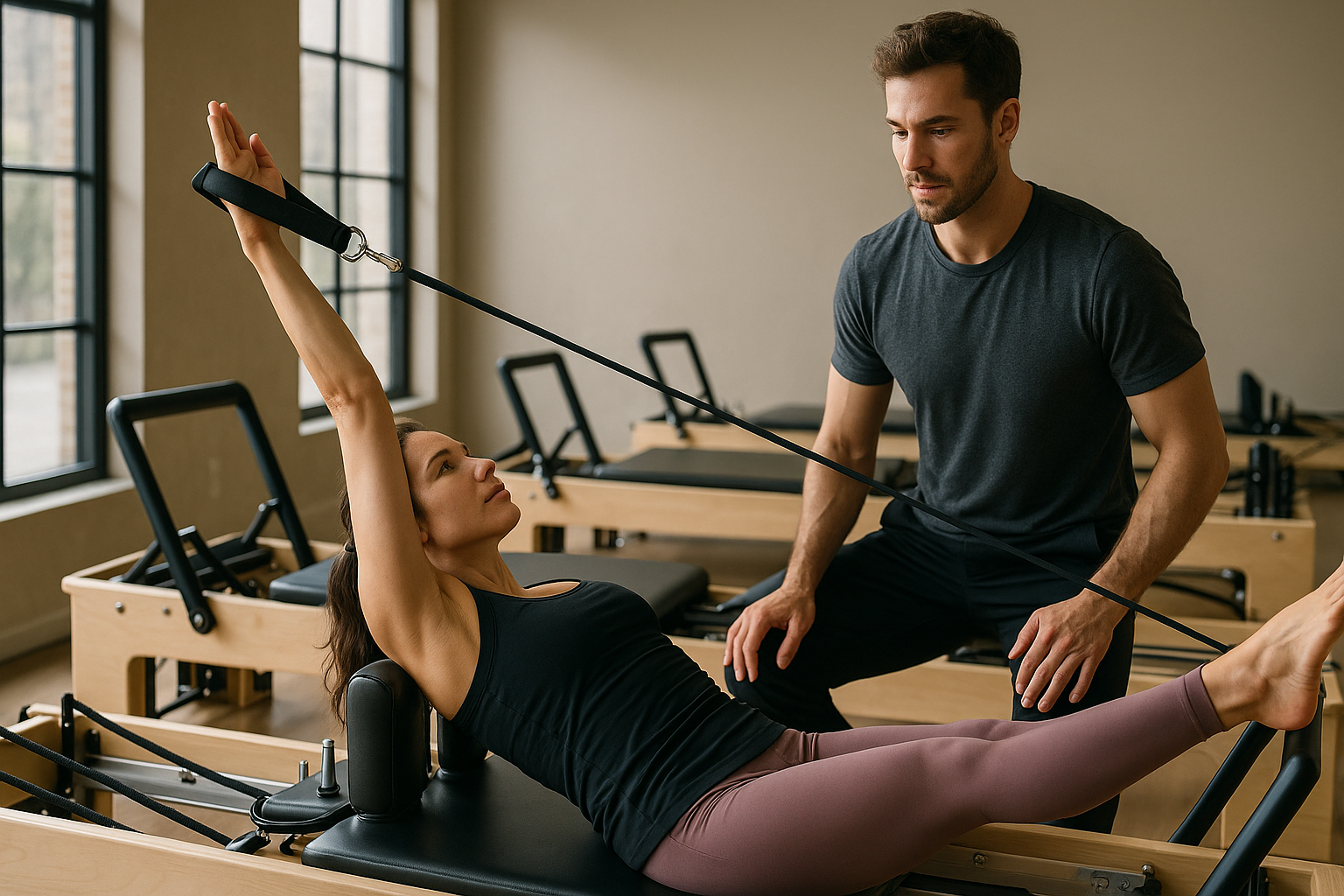Micro-habit plans for consistent movement and healthier skin
Small, consistent actions can compound into visible improvements in both movement capacity and skin health. By focusing on micro-habits—simple, repeatable steps for movement, hydration, nutrition, sleep, and recovery—you can create a daily framework that supports strength, mobility, and skin resilience without dramatic lifestyle overhauls.

This article is for informational purposes only and should not be considered medical advice. Please consult a qualified healthcare professional for personalized guidance and treatment.
How can short movement habits improve skin and overall fitness?
Integrating brief movement breaks across the day—three to five minutes every hour—boosts circulation, supports lymphatic drainage, and reduces stiffness. Improved circulation brings nutrients and oxygen to skin cells while helping remove metabolic waste. For fitness, frequent micro-sessions reduce sedentary time and build endurance slowly: walking for 5–10 minutes after meals, performing standing calf raises while on calls, or doing a two-minute bodyweight circuit between tasks. These actions are easy to repeat and require no special equipment, making them sustainable ways to increase daily movement.
How does hydration support skincare, recovery, and conditioning?
Adequate hydration affects skin plumpness, elasticity, and barrier function. Small habits—like a glass of water first thing in the morning, drinking a glass before each meal, and keeping a reusable bottle at your desk—make consistent intake more likely. Hydration also supports recovery and conditioning by facilitating nutrient transport and temperature regulation during exercise. Pair water with electrolytes after intense sessions if you sweat heavily. Remember that individual fluid needs vary with activity, climate, and body size.
How to build strength and endurance with micro-habits?
Strength and endurance respond well to progressive, short bursts of activity. Examples of micro-habits include two sets of push-ups or squats in the morning, a five-minute resistance-band routine midday, or a 10-minute brisk walk in the evening. Aim to increase either repetitions, resistance, or duration gradually—adding one rep or 30 seconds per week keeps progression manageable. Combining strength-focused micro-sessions with brief endurance efforts (like a short bike ride or interval walk) improves conditioning without requiring long workouts.
How can mobility, flexibility, and posture be improved in small steps?
Micro-habits that target mobility and flexibility can be woven into daily routines. Spend 3–5 minutes after waking doing gentle spinal twists, hip openers, and shoulder rolls. Add posture checks: set a timer to reset your posture—stand tall, retract the shoulders, and engage the core—for 30 seconds every couple of hours. Incorporating short flexibility routines after movement sessions helps reduce soreness and enhances range of motion. Over time, these small practices reduce tension, improve functional movement, and support better alignment that benefits both performance and appearance.
How should nutrition and sleep support micro-habit plans?
Nutrition and sleep are foundational to skin health and physical progress. Micro-habits for nutrition include adding a protein-rich snack within 30–60 minutes after strength work, including a serving of colorful vegetables at one meal daily, and prepping a small balanced lunch to avoid processed options. For sleep, build a short wind-down routine: dim lights 30 minutes before bed, avoid screens for a brief period, or do two minutes of deep breathing. Prioritizing consistent sleep duration and quality aids muscle recovery, hormonal balance, and skin repair processes.
How to prioritize recovery and sustainable progress?
Recovery micro-habits help maintain progress and reduce injury risk. Short practices like a five-minute foam rolling session or targeted stretching after workouts, taking a restorative walk on rest days, and scheduling one day of active recovery per week keep the body resilient. Include skin-focused recovery habits—gentle cleansing after heavy sweating and applying a moisturizer with sunscreen protection daily—to protect the skin barrier and guard against environmental stressors. Track small wins rather than aiming for perfection: consistency beats intensity when habits are new.
Conclusion
Micro-habits combine into a reliable framework that supports movement, conditioning, and healthier skin without requiring major time commitments. By emphasizing short, repeatable actions—movement breaks, consistent hydration, bite-sized strength and mobility work, targeted nutrition, sleep routines, and gentle recovery—you create a sustainable daily pattern that benefits performance and appearance. Start with one or two micro-habits, measure their fit with your routine, and scale gradually to make long-term improvements.





